By Luke Chandler
Synopsis: Luke leads us on a virtual tour of the Pergamon Museum in Berlin, which has a world class collection of biblical artifacts.
One of the world’s best museums for biblical archaeology is the Pergamon Museum in Berlin. It is part of a museum complex on an island in the city’s downtown. Though not as famous as London’s British Museum or the Louvre in Paris, it boasts an impressive collection of artifacts and architecture that connects to the Bible.
The museum gets its name from the biblical city of Pergamum, home to one of the seven churches mentioned in Revelation. German scholars excavated this magnificent city in the late nineteenth and early twentieth centuries and sent many discoveries back to Berlin. The museum’s impressive collection includes discoveries from throughout the ancient world. Here are three special highlights with biblical connections.
The greatest find from ancient Pergamum was the massive, multi-level Altar of Zeus, which may have been the “Throne of Satan” mentioned in Revelation 2:13. The altar was accessed by a 65-foot (20-meter) marble staircase and was decorated with columns and statuary all around. It sat on a prominent point of Pergamum’s acropolis. The continual sacrifices offered there produced constant, ascending smoke that was visible throughout the city.
The museum wing with the Altar of Zeus has been closed for renovations since 2005, but is scheduled to open by 2027. For the past several years, a temporary exhibit has been open across the street that shows some of the altar’s statuary and reliefs. The temporary exhibit also features an impressive 360 degree artistic view of how Pergamum appeared in Roman times, including the Zeus Altar being used for pagan sacrifices.
The Ishtar Gate was the official ceremonial entrance to the city of Babylon, with the main palace just inside. This visually stunning city gate boasted a top-to-bottom facade of blue-glazed brick and was decorated with colored brick reliefs of lions and mythical creatures. The full structure comprised an impressive outer gate and a larger inner gate. A paved, similarly decorated Processional Way over half a mile long led to the gate. Daniel and his companions, and kings like Nebuchadnezzar and Belshazzar, would have passed many times through this very gate.
The Germans brought the entire outer gate back to Berlin and reconstructed it inside the museum’s southern wing, along with portions of the Processional Street reliefs. Some of the blue bricks in the reconstructed gate are modern replicas, but many are original, as are the creatures represented on and around it.
Visitors to the Pergamon Museum can walk under the very gate used by Daniel and other biblical people, and see the same decorative reliefs they saw with their own eyes. Additionally, decorated reliefs from the palace’s Throne Room are displayed in the museum on both sides of the gate. The lion reliefs from the Throne Room feature flared tails and terrifying faces, which would have impressed all who approached the King of Babylon. It is remarkable to consider that these Throne-Room lions would certainly have been seen by Daniel himself in the presence of King Nebuchadnezzar.
The biblical Pharaoh, Shishak (also known as Sheshonq I), gave asylum to Jeroboam (1 Kings 11:40) and later plundered Judah of Solomon’s wealth during the time of King Rehoboam (1 Kings 14:25-29; 2 Chron. 12:1-12). A stone chest from Shishak’s tomb is on display in the museum’s Egyptian wing. Inscriptions reveal that it originally contained the Canopic jars with organs from Shishak’s mummified remains! The Canopic jars are gone, but we can still see this most personal object belonging to a Pharaoh who interacted with two biblical kings.
There is much more in the Pergamon Museum that connects with the Bible, but you will need to hurry if you want to visit anytime soon. The entire museum will close this October for three and a half years to undergo extensive repairs and renovations. Parts of the museum should reopen in 2027, but the southern wing with the Ishtar Gate will be closed to visitors for fourteen years—until 2037!
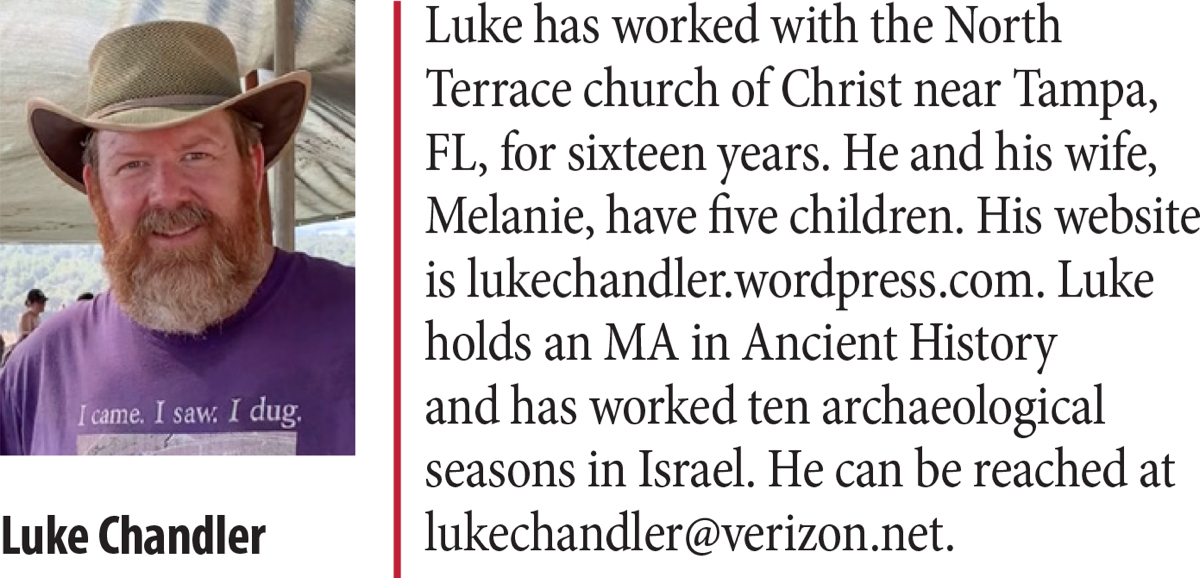
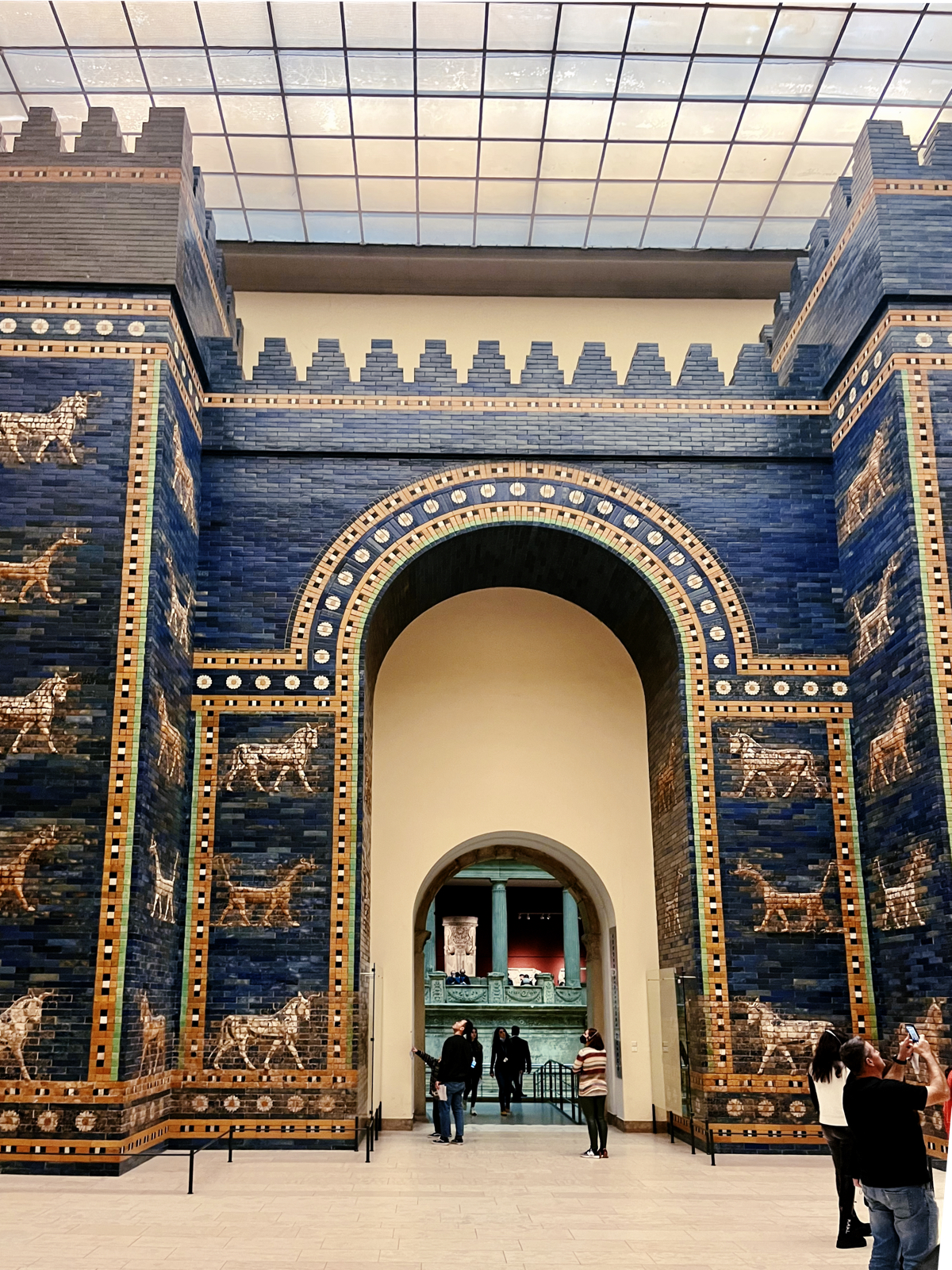
Image-1 Caption: Ishtar Gate by Luke Chandler
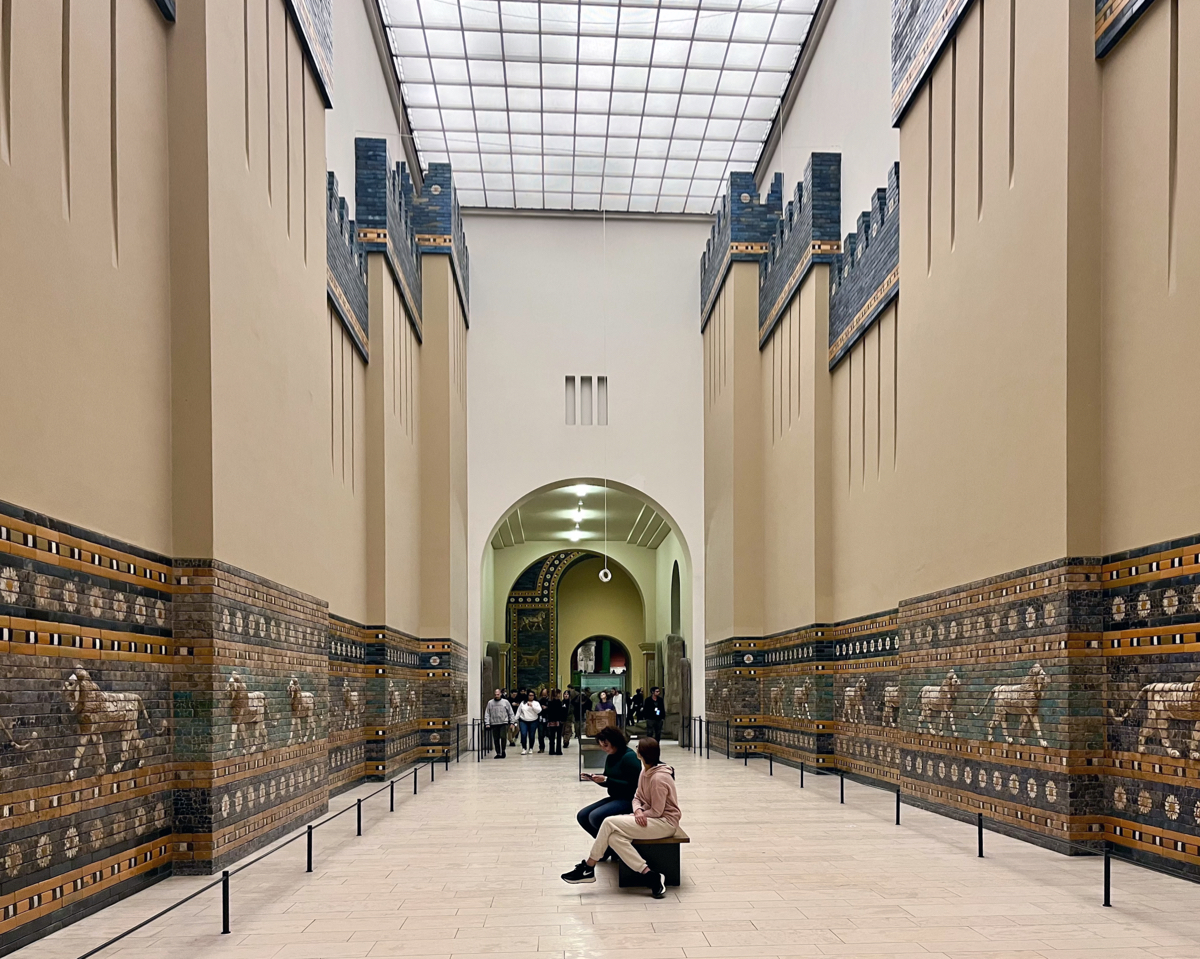
Image-2 Caption: Processional Street by Luke Chandler
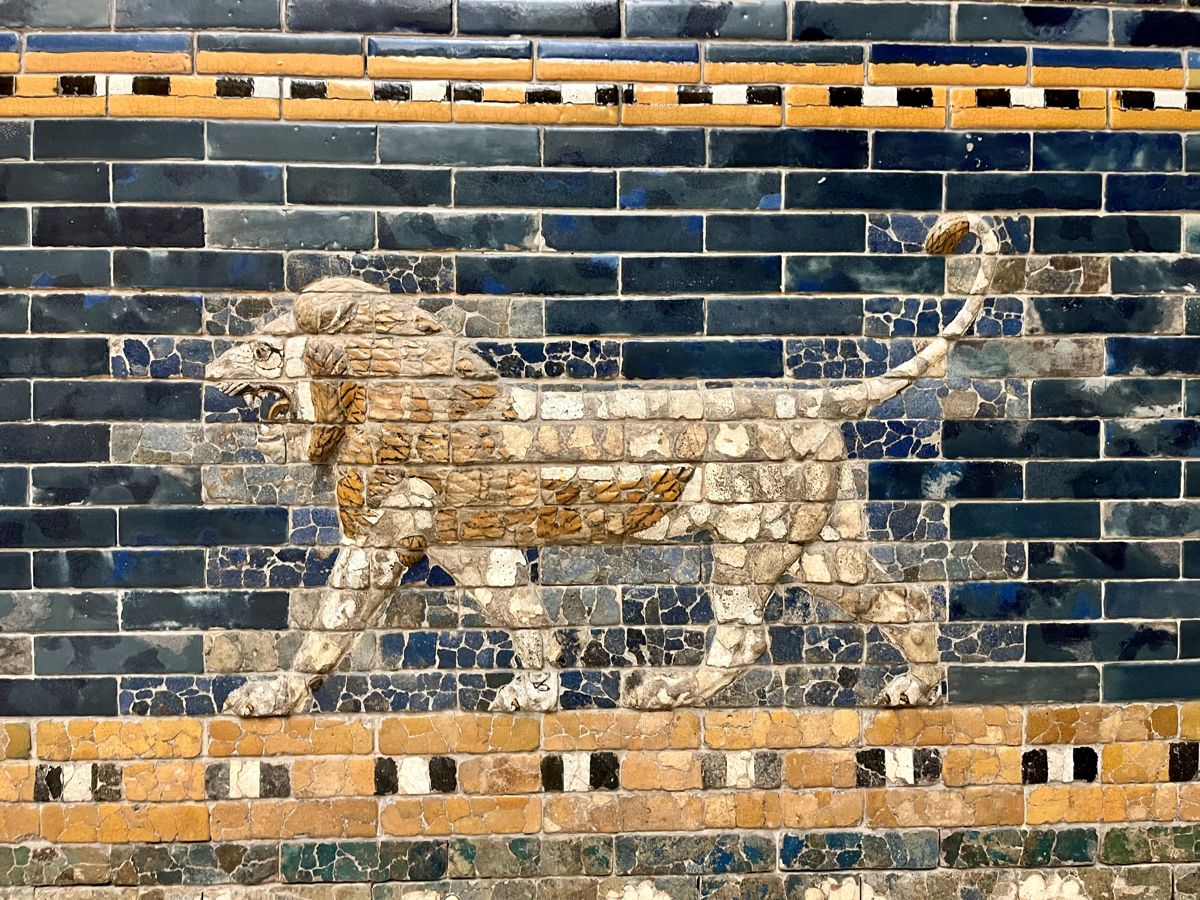
Image-3 Caption: Lion from Throne Room by Luke Chandler
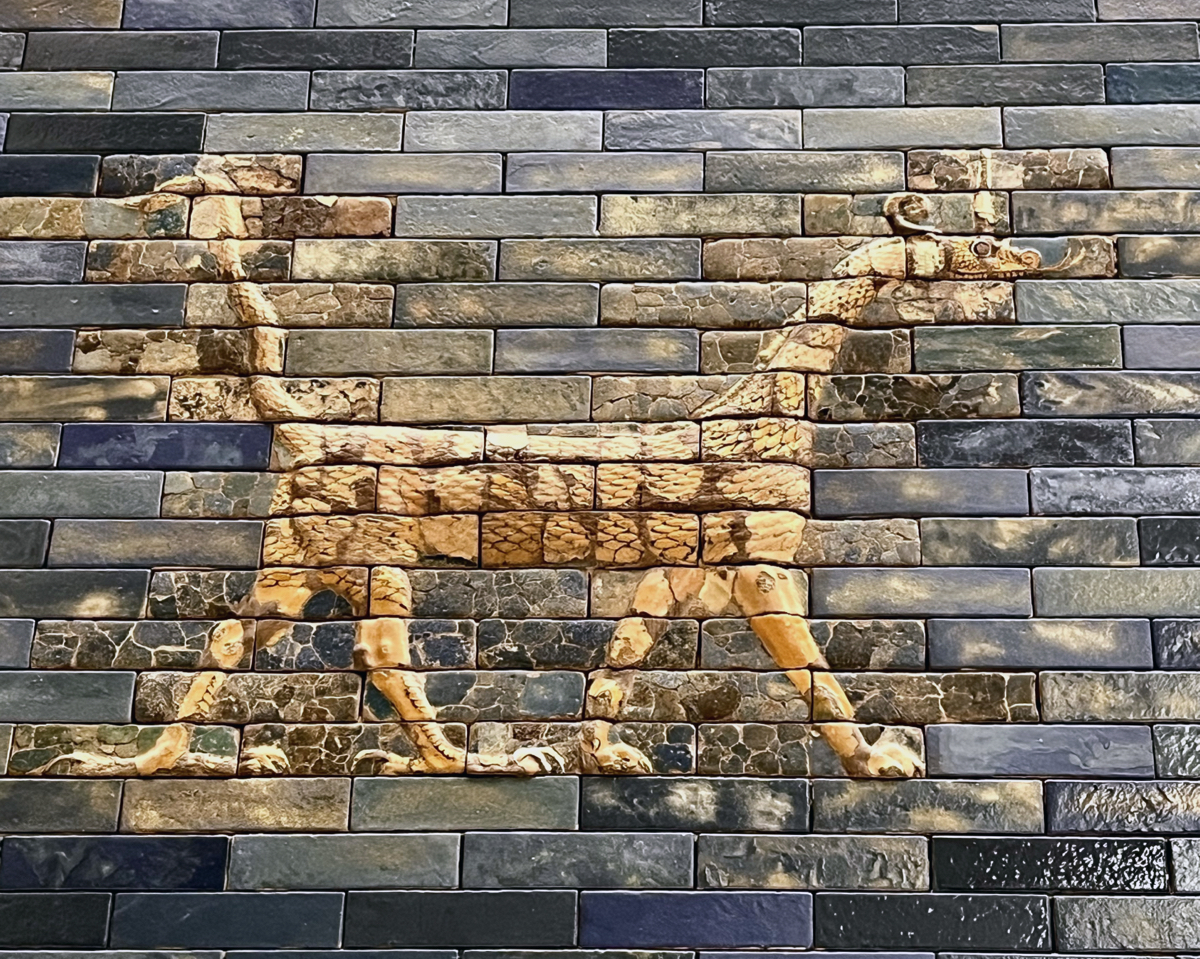
Image-4 Caption: Marduk Image on Ishtar Gate by Luke Chandler
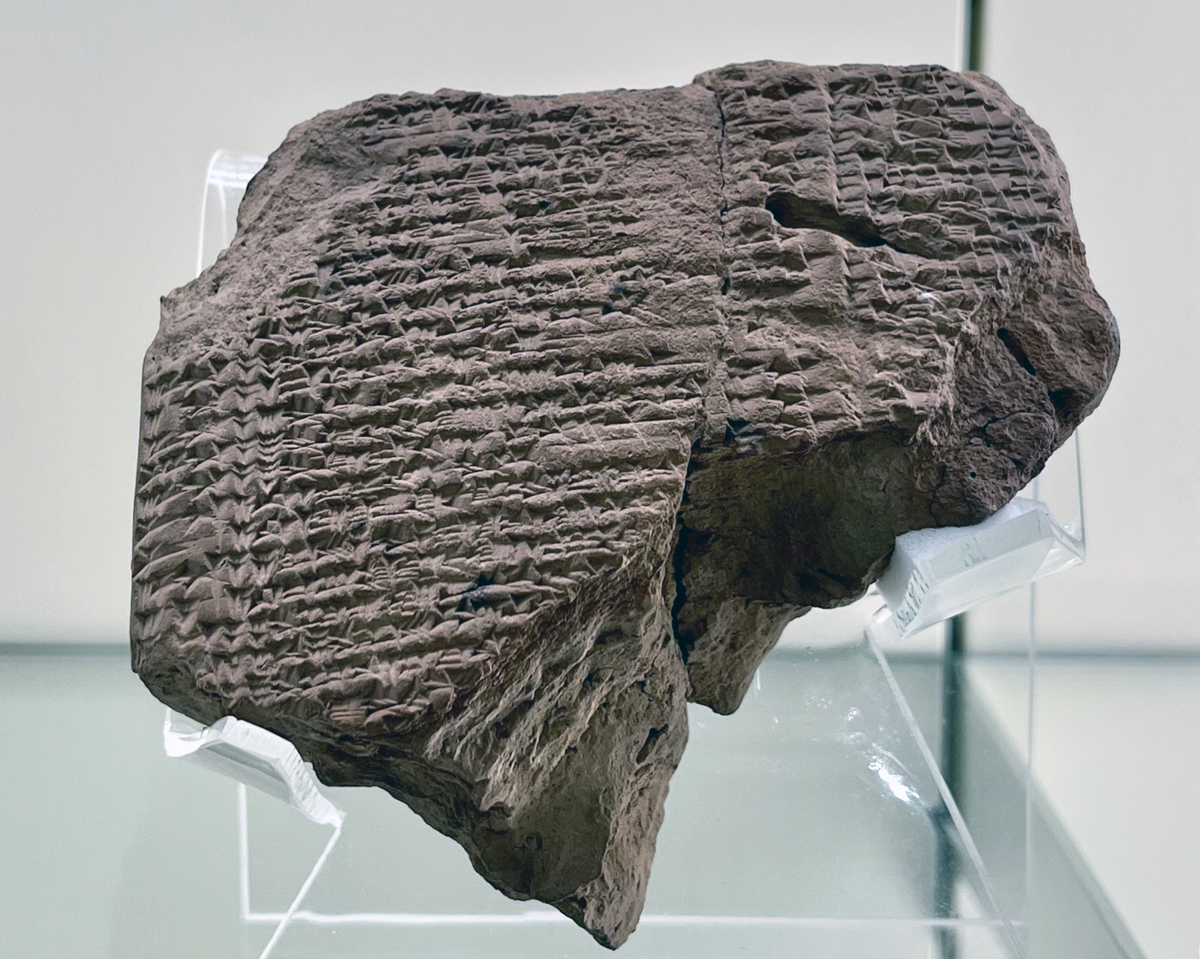
Image-5 Caption: Jehoiachin Ration Tablet by Luke Chandler

Image-6 Caption: Shishak Tomb Stone Chest by Luke Chandler
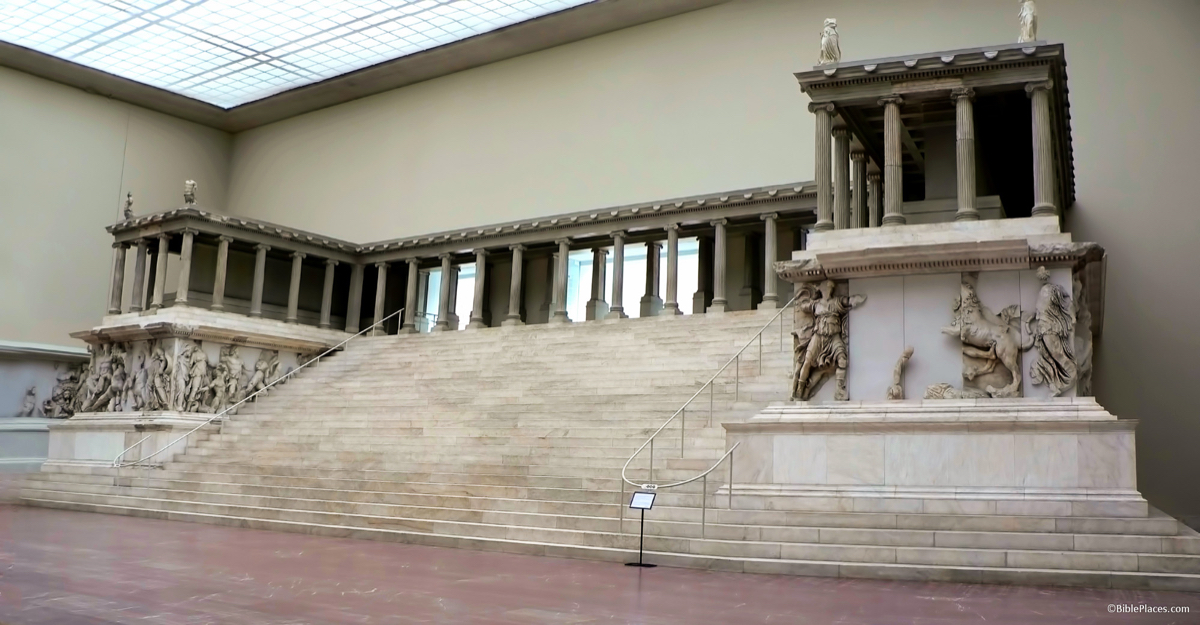
Image-7 Caption: Pergamum Great Altar by A.D. Riddle BiblePlaces.com
